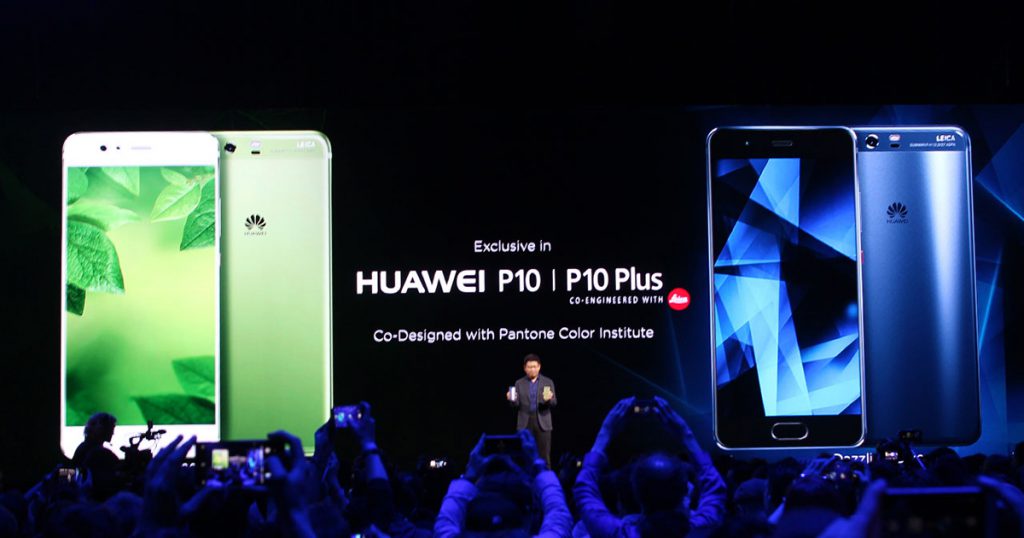For the past four days, press from around the world converged in Barcelona, Spain as the annual Mobile World Congress (MWC) kicked off.
Think of MWC as the world’s largest trade show for mobile devices and technology, and an event where many phone manufacturers prefer to launch their latest products instead of doing it in Las Vegas at the Consumer Electronics Show (CES).
2017 Saw A More Sedated MWC
For 2017, gone are the crazy ideas for modularity as companies instead focused on specifications, build quality, and nostalgia.
Perhaps, one major feature which the world expected to have been thrown into extinction still found relevance in the flagship devices which were announced at the show.
Here’s a look at some notable devices that stole the headlines in the last few days.
Nokia

The most hyped announcement to come out of Barcelona was perhaps the brand responsible for giving us our very first mobile phones when we were younger.
Now under HMD Global, the Nokia brand used the event to signal their comeback into the international mobile market, albeit with an underwhelming lineup of phones.
The Nokia 6 will now be available outside of China, while the 5 and 3 are honourable mentions as entry-level smartphones. They also went retro and tugged at our heartstrings by reinstating a brand new Nokia 3310, an updated Snake game for it as well as for Facebook Messenger.
Blackberry

Another old-school mobile phone brand making a return under new management is Blackberry. Chinese manufacturer TCL now holds the Blackberry device licensing, and the third (and most exciting after the DTEK series) device to come out of this agreement is the Blackberry KeyOne.
Like Nokia, Blackberry’s new makers have fully embraced the Android operating system but instead of going with the typical screen-only look, the classic Blackberry keyboard makes a return.
It won’t be the last either, as TCL is expected to add on two more Blackberry phones in 2017.
Huawei

As always, China’s second largest smartphone manufacturer used Barcelona as its stage to announce its flagship device for the year. Huawei’s continued partnership with famed German camera manufacturer Leica continues to be a talking point as they unveiled the Huawei P10.
An overall more refined device compared to last year’s P9, the P10 once again bears the the “Co-Engineered with Leica” tagline and promises an uncompromising experience for the mobile image makers of today to challenge the dominance of rivals like Samsung and Apple.
The P9 and Mate 9 of 2016 were two phones which displayed Huawei’s ability in mobile photography, and they hope to continue the momentum into 2017 with the P10 which is interestingly available in colour palettes that were exclusively developed through a partnership with Pantone.
LG

While Samsung was present at this year’s show, they did not show off the much anticipated Galaxy S8. Instead, LG took on the mantle of South Korea’s representative to the world.
Enter the LG G6 in all of its near-bezel-less glory. Thick bezels have almost become a taboo among high-end smartphones, and LG is conforming to that with the G6. Though you won’t find the latest and greatest specifications in it, LG decided to focus more on the screen and the phone’s overall usability.
With a 2:1 screen aspect ratio, LG has made a very tall phone, and in exchange for the length, users get a phone that is not only perfect for media consumption, but also flies during multitasking between apps.
Sony

While LG went for refinement, Sony on the other hand pumped steroids into its flagship device.
Headlined by the yet-to-be-announced Qualcomm Snapdrago 835 processor, the Sony Xperia XZ Premium is a testament to the technology that can be crammed into a form factor you can hold in one hand.
Aside from the processor, there are two other highlights to the phone. First is the screen – a 4K HDR display that, until this phone was unveiled, was a feature only present in very expensive TVs. With it, you will be able to enjoy content in all of its 4K HDR glory, making fewer screens seem primitive.
Next is the camera. The new 19 megapixel “Motion Eye” camera is capable of producing slow motion video at frame-rates unheard of before in a smartphone – 960fps (at 720p resolution). Along with its predictive capture feature, no other smartphone today comes close.
Now We Wait
As the Mobile World Congress comes to a close, all we have to do now is wait for the day that these phones make it to our shores and we need to decide on which to get.
Don’t discount Samsung out of the race for your wallets though, as they are expected to hold their own event at the end of March.
Featured Image Credit: Engadget














